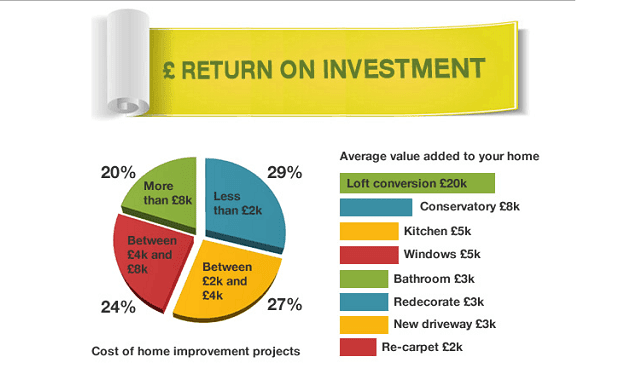Strategies For Developing An Eco-Friendly Home Enhancement
Strategies For Developing An Eco-Friendly Home Enhancement
Blog Article
Posted By-Bille Blum
When planning a home enhancement, you can considerably minimize your environmental influence by including environment-friendly methods. By carefully choosing lasting materials, utilizing energy-efficient systems, and integrating eco-friendly design concepts, you have the chance to produce an area that not just profits the world but also boosts your quality of life. These straightforward yet impactful choices can make an enduring difference in the sustainability of your home.
Choosing Sustainable Structure Products
When it concerns making your home addition environmentally friendly, one essential aspect to consider is choosing lasting building materials. Selecting products that have very little environmental influence can significantly decrease your carbon impact. Search for choices like recovered timber, bamboo floor covering, recycled steel, or low-VOC paints. These products aren't only environment-friendly but additionally sturdy and visually pleasing.
please click the next document play a crucial role in saving natural resources and minimizing waste. By selecting materials that are properly sourced and produced, you add to a healthier atmosphere and support sustainable techniques within the construction industry.
Furthermore, lots of lasting building products are energy-efficient, helping you save on long-lasting energy costs.
Prior to beginning your home enhancement job, study various sustainable structure materials and seek advice from professionals who specialize in environment-friendly building and construction. By making educated options and focusing on sustainability, you can develop a lovely and eco mindful room that benefits both you and the earth.
Implementing Energy-Efficient Solutions
To better enhance the eco-friendliness of your home enhancement, concentrate on executing energy-efficient systems. Begin by mounting LED lighting throughout your new room. LED light bulbs use considerably less power than traditional incandescent bulbs and last much longer, minimizing the requirement for regular replacements.
Take into consideration incorporating a programmable thermostat to control home heating and cooling down effectively. This permits you to change the temperature based upon your routine, conserving power when you're not in the house.
An additional vital energy-efficient system is proper insulation. Insulating your walls, floorings, and attic helps maintain a constant indoor temperature level, lowering the requirement for heating or air conditioning.
Additionally, investing in energy-efficient appliances such as refrigerators, cleaning devices, and a/c systems can substantially reduce your energy consumption.
Incorporating Green Design Concepts
Consider integrating environment-friendly layout principles right into your home addition to maximize its eco-friendliness. Begin by using easy solar layout, which makes the most of the sun's power for heating and lights. Orienting your addition to capture all-natural sunlight and incorporating attributes like big south-facing windows can help reduce the need for artificial lighting and home heating, decreasing power usage.
Additionally, select lasting products such as redeemed wood, bamboo floor covering, or recycled glass kitchen counters to decrease ecological impact. Go with reduced unpredictable organic substance (VOC) paints and surfaces to enhance indoor air high quality and decrease dangerous discharges. Executing appropriate insulation, reliable home windows, and impermeable building techniques can enhance energy effectiveness and thermal comfort.
Integrating environment-friendly roofing systems or living walls can likewise provide insulation, lower stormwater overflow, and develop a habitat for wildlife. By integrating these green design principles right into your home addition, you can develop a more lasting and environmentally friendly home for you and your household.
Conclusion
Finally, by selecting lasting structure products, implementing energy-efficient systems, and integrating environment-friendly design principles, you can make your home addition environmentally friendly. These straightforward choices not only profit the atmosphere yet likewise save you money over time. So, welcome eco-conscious decisions in your home restoration project and take pleasure in a much more lasting and energy-efficient space.
